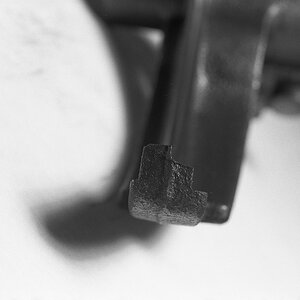Katie T
TPF Noob!
- Joined
- Oct 4, 2019
- Messages
- 1
- Reaction score
- 1
- Can others edit my Photos
- Photos NOT OK to edit
Hello,
I'm wondering if anybody could help - I'm trying to find a way to attach my Canon 100mm 2.8 USM lens to my Canon 18-55mm (the one that came with the camera) to bolster my Macro set-up.
I'm working on a Canon EOS 600D with the 100mm 2.8l on its own, with a Hahnel Modus 360RT Flashgun. I'm particularly interested in photographing the Iris, and believe stacking lenses could help with my lack of sharpness and depth - these are my two sticking points at present.
I'm reading that maybe stacking lenses could increase my magnification and improve my sharpness - and I'm wondering if it is possible to attach my (reversed) 18-55mm lens to my 100mm? And if it is possible, how do I do it? Coupling rings? Step Up rings? Reverse rings?
Any advice/guidance would be greatly appreciated. Or, if I'm barking up the wrong tree and there is another/better way to improve my set-up, I'd be very grateful to hear it.
I'm new to the world of Photography, so please, feel free to state the obvious!
Thank you in advance,
Katie
I'm wondering if anybody could help - I'm trying to find a way to attach my Canon 100mm 2.8 USM lens to my Canon 18-55mm (the one that came with the camera) to bolster my Macro set-up.
I'm working on a Canon EOS 600D with the 100mm 2.8l on its own, with a Hahnel Modus 360RT Flashgun. I'm particularly interested in photographing the Iris, and believe stacking lenses could help with my lack of sharpness and depth - these are my two sticking points at present.
I'm reading that maybe stacking lenses could increase my magnification and improve my sharpness - and I'm wondering if it is possible to attach my (reversed) 18-55mm lens to my 100mm? And if it is possible, how do I do it? Coupling rings? Step Up rings? Reverse rings?
Any advice/guidance would be greatly appreciated. Or, if I'm barking up the wrong tree and there is another/better way to improve my set-up, I'd be very grateful to hear it.
I'm new to the world of Photography, so please, feel free to state the obvious!
Thank you in advance,
Katie


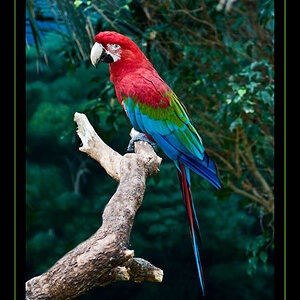

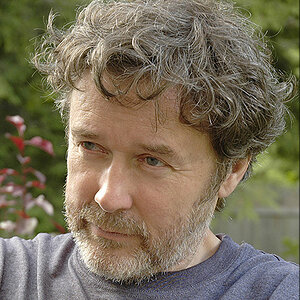


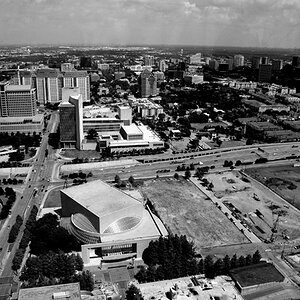

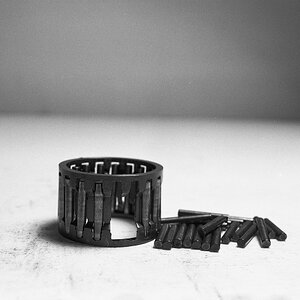
![[No title]](/data/xfmg/thumbnail/30/30889-6a35eb14fac2d7d837d49a6a1757d874.jpg?1619734500)

